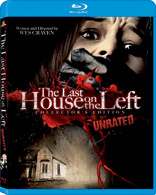The Last House on the Left Blu-ray Movie
HomeThe Last House on the Left Blu-ray Movie 
Metro-Goldwyn-Mayer | 1972 | 84 min | Unrated | Sep 13, 2011Movie rating
6.2 | / 10 |
Blu-ray rating
| Users | 2.6 | |
| Reviewer | 3.0 | |
| Overall | 3.0 |
Overview
The Last House on the Left (1972)
On their way to a rock concert, two teenagers are kidnapped by a gang of escaped convicts. Although they put up the fight of their lives, the girls are drugged, tossed in a car trunk and driven into the woods by the savage, murderous gang... only to wake up to a horror they could not have imagined.
Starring: Sandra Peabody, Lucy Grantham, David Hess, Fred J. Lincoln, Jeramie RainDirector: Wes Craven
| Horror | 100% |
| Thriller | 22% |
Specifications
Video
Video codec: MPEG-4 AVC
Video resolution: 1080p
Aspect ratio: 1.85:1
Original aspect ratio: 1.85:1
Audio
English: DTS-HD Master Audio 2.0 Mono (48kHz, 24-bit)
Subtitles
English SDH, French, Spanish
Discs
50GB Blu-ray Disc
Single disc (1 BD)
Playback
Region free
Review
Rating summary
| Movie | 3.0 | |
| Video | 4.0 | |
| Audio | 3.5 | |
| Extras | 3.0 | |
| Overall | 3.0 |
The Last House on the Left Blu-ray Movie Review
Repeat to yourself: It’s only a movie. It’s only a movie. It’s only a movie.
Reviewed by Casey Broadwater February 24, 2011I’ll get this out of the way up front: I don’t particularly enjoy watching The Last House on the Left, horror maestro Wes Craven’s divisive debut feature film. I make no judgments about those that do—and certainly, the film qualifies as an influential, indispensable part of the 1970s horror canon—but personally, it just doesn’t do it for me. This has nothing to do with the film’s graphic, squirm-in-your-seat subject matter—torture, rape, murder, revenge—and everything to do with its execution. Uneven and amateurish, Last House often seems like a poorly acted porn movie with all the explicit sex removed. And if you’re familiar with the back-story of the film’s production, you’re already aware that this is, in fact, the case. Craven initially intended Last House to be a “hardcore” movie, but the actors convinced him that the story could stand on its own. Craven should’ve already realized this, as his script is essentially an ultra-violent but dumbed down retelling of Ingmar Bergman’s The Virgin Spring, a masterful 1960 film that features the same basic plot but is thematically richer and ultimately much more rewarding.
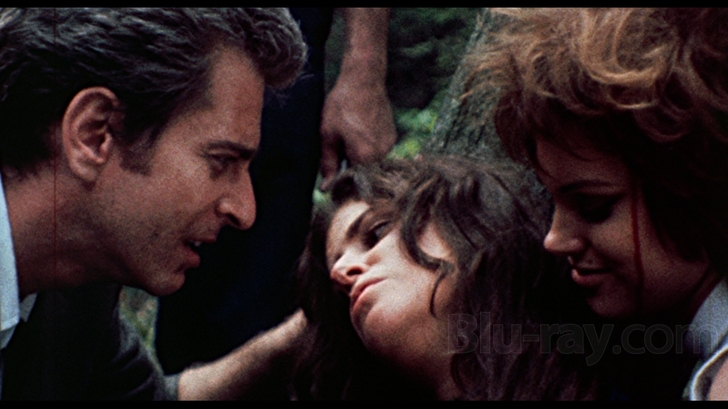
That’s not to say, though, that Last House makes no impact. It certainly can—providing you’re in the right mood to experience it— and the film stands out from other exploitation fare of its day precisely because it has a backbone that, if not entirely philosophical, at least seems more laden with meaning. Craven wanted to shock, yes, but he also wanted to a make a point. Rebelling against his strict fundamentalist background and inspired by gory real-life newsreels from the Vietnam war, the first-time director sought to portray violence as it is—messy, sudden, repulsive, and always with consequences. The story is simple, following the structure laid out by The Virgin Spring—itself based on a 13th century Swedish ballad—making only cosmetic changes in the process. On her 17th birthday, Mari Collingwood (Sandra Cassell) goes into the city with her best friend, Phyllis (Lucy Grantham), to see a band—foreshadowing alert!—called “Bloodlust.” In an attempt to score some weed before the show, the two friends are kidnapped by a loose family of lunatic prison escapees. The leader, Krug (David A. Hess), is something of a professional rapist/serial killer, and his son, Junior (Marc Sheffler), serves as his drugged-up slave. Rounding out the cadre are knife-toting child molester Weasel (prolific porn director Fred Lincoln), and Sadie (Jeramie Rain), an “animal-like” bisexual psychopath. Remorseless repeat offenders all, except for Junior, whose conscience still seems to exist somewhere beneath a heroin-induced haze.
Clearly, Mari and Phyllis are not long for this world. It’s no spoiler to reveal that they’re both tortured, raped and murdered in the woods not far from Mari’s house, where her square, mild-mannered parents (Gaylord St. James and Cynthia Carr) are fretting over her disappearance. Although there are more horrors to come—this is primarily a revenge film after all, in which mom and dad unleash their mournful fury on the sub-human criminals —this rape/murder sequence is the hardest in the film to stomach. Craven shoots it matter-of-factly, almost documentary-style, and there’s no thrill or titillation involved. When Krug forces a crying Phyllis to urinate on herself, any potential eroticism gives way to an overwhelming sense of sadness and disgust. It’s as if Craven were symbolically slaying the happy, peacenik, summer-of-love sensibility that reigned among young people in America before Vietnam took a turn for the worst. After the murders are over—with Mari shot to death in a lake and Phyllis lying eviscerated on the shore— Craven makes an odd but interesting choice: he tries to make us feel sympathy for the killers. He lingers on their faces—draining now of bloodlust— and shows them bathing in the lake, trying to wash away the evidence of what they’ve done. By the time they arrive at Mari’s home—a coincidence that can’t help but feel contrived—we know, of course, that they’re going to get what’s coming to them. Remember when I mentioned the horrors to come? How about a bit-off penis and a chainsaw attack that precedes the motor-revving terror of The Texas Chainsaw Massacre by two years?
The Last House on the Left certainly has moments of unsettling power and even outright panic, but these are often counteracted by the film’s hokier elements, like the across-the-board amateur-hour acting, the two bumbling, comic relief cop characters, and David Hess’ folksy score, which is far too literal with its lyrics, to the point of frequently narrating what we see on screen. (“Now you’re by yourself, and you’re feeling the world closing in on you. / And you’re asking for someone to show they care, / someone who’s really there, / someone who understands.”) Overall, it makes for a strange, not entirely successful blend of campy artifice and brutal realism. For its time, the film was controversial and boundary pushing —and there’s value in that, from a cultural perspective—but Last House is no unmitigated masterpiece, especially when compared to its predecessor, The Virgin Spring, which resonates with deeper themes of faith, redemption, the morality of revenge, and the problem of evil. I think of the film as the bastard son of Swedish arthouse and grimy American exploitation. I may not enjoy it—not as entertainment—but I can certainly appreciate its pedigree and the influence that it had on the future of the horror genre.
The Last House on the Left Blu-ray Movie, Video Quality 
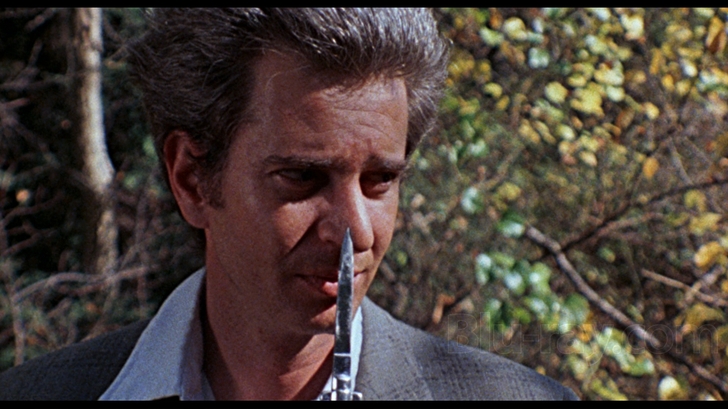
Let me put it this way: You're not going to watch The Last House on the Left for its picture quality. Shot for cheap on 16mm—and with less than tack-sharp lenses, from the looks of it—the film has a soft, grainy quality that may be the complete opposite of eye candy, but certainly works well for Craven's documentary-style intentions. The simple fact is, the movie is never going to look "good" by any objective standards. What we can examine, however, is how faithfully the film has been reproduced in digital form. (As a quick aside, at Blu-ray.com we try to judge each film's picture quality on its own merits. 28 Days Later, for instance, will never look as sharp or vivid as, say, Transformers 2, but given that it was shot on SD video, it still earns solid marks for being true to its medium.) In this respect, the 1080p/AVC-encoded transfer of Last House that we get here is largely a success. The film's grain structure is fully intact—there's been no attempt to smear away the chunkiness with DNR or artificially sharpen the picture with edge enhancement—and the image coasts along on a relatively high bitrate. Yes, truly fine detail is almost completely absent, but once again, this is a product of the way the film was shot. Color, however, looks quite strong, with dense reds and greens, balanced skin tones, and adequately deep blacks. The print, as you'd expect, isn't in perfect shape—you'll spot occasional stains, specks, hairs, and others bits of debris—but rather than a detriment, I find this adds to the grimy grindhouse vibe. This is certainly the best the film has ever looked on home video.
The Last House on the Left Blu-ray Movie, Audio Quality 
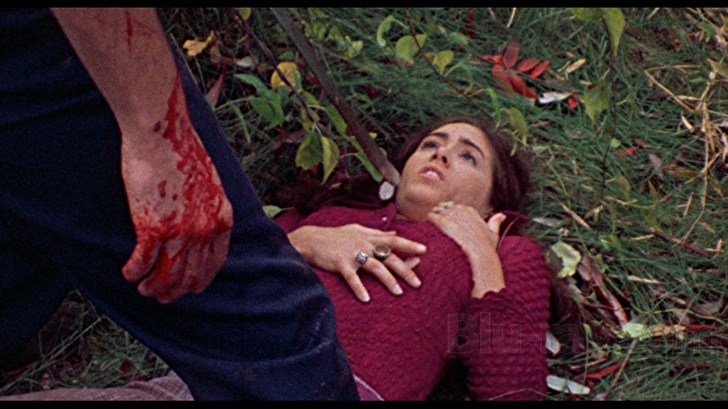
The disc's lossless, DTS-HD Master Audio 2.0 track similarly does what it can with the sometimes-murky source material. Voices carry an occasional muffled quality—which likely can't be helped—but at no point does the dialogue ever become incomprehensible. Likewise, David Hess' goofy, Appalachia banjo meets honky tonk meets warbling folk singer score is also less-than-pristine—it has a certain 1970s A.M. radio quality—but it sounds okay for what it is. No complaints, really. If needed/desired, the disc also comes with English SDH, French, and Spanish subtitles.
The Last House on the Left Blu-ray Movie, Special Features and Extras 
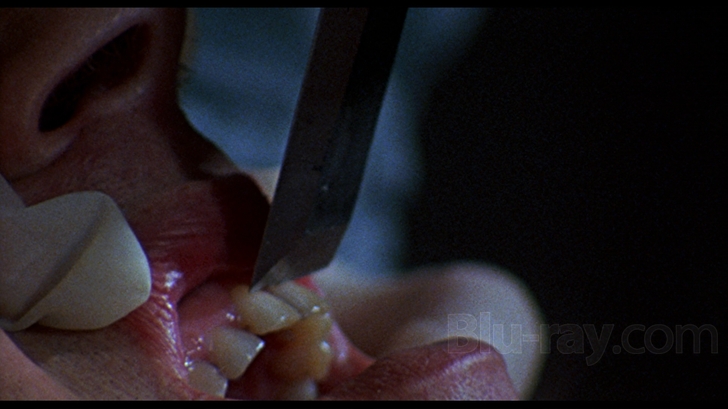
Everything here is ported over from previous DVD releases, but there's quite a lot of content, and it's all worth checking out if you haven't seen it before.
- Audio Commentaries: We get two tracks here, the first an intelligent discussion by Director Wes Craven and Producer Sean Cunningham, and the second a looser, more candid roundtable with actors David Hess, Marc Sheffler, and Fred Lincoln.
- Still Standing: The Legacy of The Last House on the Left (SD, 14:54): A retrospective with Wes Craven, who talks about the film's style and origin as a reaction to the Vietnam war and his own fundamentalist upbringing before segueing into a discussion of the remake.
- Celluloid Crime of the Century (SD, 39:34): Blue Underground's terrific documentary about the film, told through interviews with Wes Craven, Sean Cunningham, Jaramie Rain, Marc Sheffler, Fred Lincoln, Martin Kove, David A. Hess, and Sean Cunningham.
- Scoring Last House (SD, 9:44): An interview with David Hess, who discusses his approach to the film's score.
- Tales That'll Tear Your Heart Out (SD, 11:29): Footage from a never-finished anthology film that Craven co-directed. The material is presented without sound, but it seems to be some sort of vampire/zombie short set in the west, a la Near Dark.
- Deleted Scene - Mari Dying at the Lake (SD, 00:59)
- Never Before Seen Footage (SD, 5:36): Of course, if you owned the DVD, you have already seen these snippets of on-location footage, which includes extra clips from the infamous rape scene.
- "It's Only a Movie" Featurette (SD, 29:01): Another retrospective documentary. There's a lot of overlap here if you've already dug through everything else, but the more the merrier, right?
- Outtakes and Dailies (SD, 14:01): Raw footage, presented without sound.
- Forbidden Footage (SD, 8:12): Wes Craven, Sean Cunningham, and others talk about some of the most disturbing scenes in the film.
- Theatrical Trailer (SD, 2:00)
The Last House on the Left Blu-ray Movie, Overall Score and Recommendation 
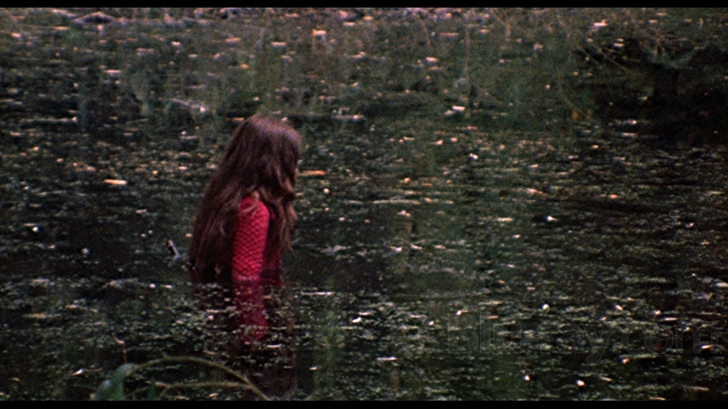
The Last House on the Left is an influential-but-divisive entry in the 1970s horror canon. On the one hand, it's still genuinely shocking and has merit both as a reaction to the Vietnam war and a commentary on the way violence was and is typically portrayed on film—too sanitary, and without consequences. That said, it hasn't necessarily aged well. It's certainly a film that should be seen by all horror fans at least once, but unlike its multi- faceted progenitor—Bergman's The Virgin Spring—I can't say it's an experience I like to revisit with any regularity.
Other editions
The Last House on the Left: Other Editions

The Last House on the Left
Remastered
1972

The Last House on the Left
Remastered | Limited Edition
1972

The Last House on The Left w/ Halloween FP
1972

The Last House on the Left
FYE Exclusive / Steelbook
1972
Similar titles
Similar titles you might also like

I Spit on Your Grave
Unrated
2010

The Devil's Rejects
Unrated
2005

I Spit on Your Grave 4K
Day of the Woman
1978

Texas Chainsaw
2013

Halloween 4K
2018

The Last House on the Left 4K
2009

Friday the 13th
Killer Cut
2009

Hatchet III
2013

Halloween 4: The Return of Michael Myers 4K
Collector's Edition
1988

House of 1000 Corpses
2003

The Texas Chain Saw Massacre 4K
1974

The Burning
Collector's Edition
1981

The Hills Have Eyes
1977

Friday the 13th: Part 2
1981

The Texas Chainsaw Massacre: The Beginning
Theatrical Cut
2006

Chaos
2005

Hatchet
Unrated Director's Cut
2006

American Mary
2012

Friday the 13th Part III
1982

Morituris
Legions of the Dead
2011
